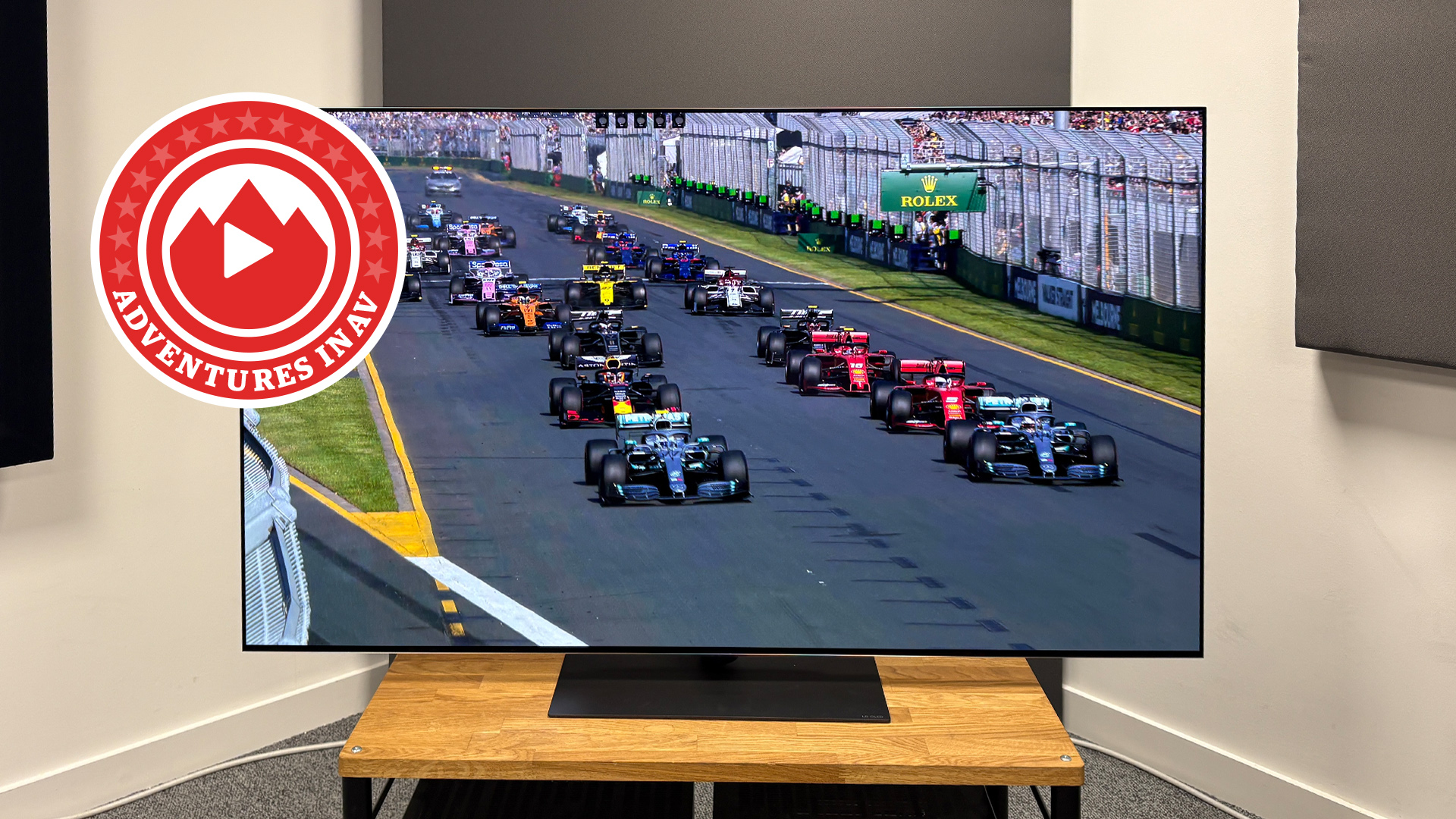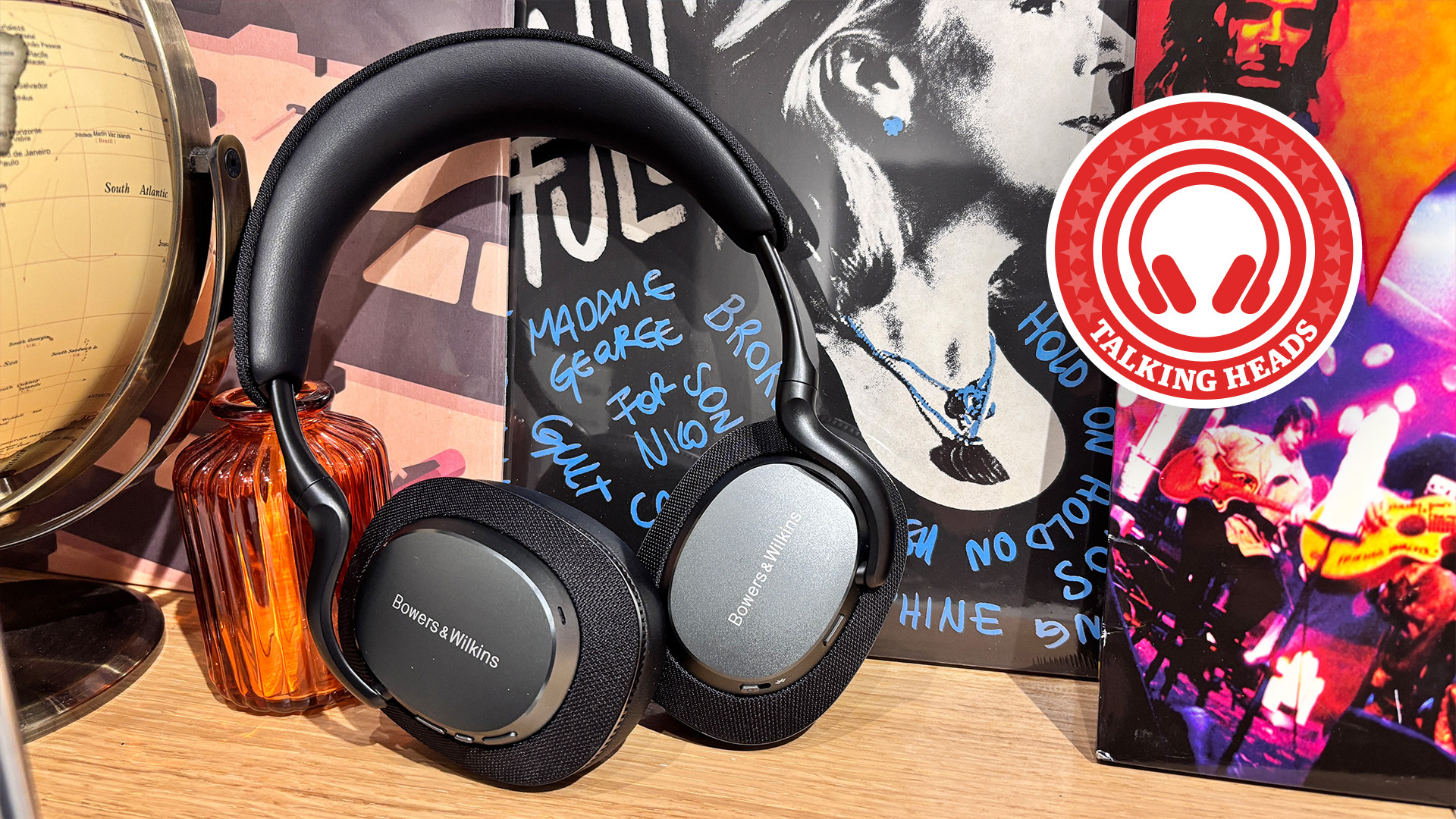The LG OLED G5 was the best TV I've ever seen – until I found this problem
Primary RGB Tandem OLED made a dazzling debut, but there's a big issue

The launch of new OLED TVs has become the highlight of my year – I'll leave you to decide if that's a bit sad or not.
Regardless, I have spent the majority of my year trudging through Heathrow airport at the break of dawn to fly out to events hosted by some of the biggest TV companies in the world, in order to see their flashy new OLED sets before they are released to the public.
While I have thoroughly enjoyed ogling the likes of the Samsung S95D, Philips OLED910, and Panasonic Z95B, it is the LG G5 that I have been eagerly awaiting after spending a brief moment with the TV at CES 2025, and an extended demo day held in London.
My patience paid off. I have spent the past week testing LG's new flagship OLED TV; and, for the majority of that week, I was convinced it was the best TV I have ever seen.
Seriously, having played a hand in reviewing some of the previous TVs that took that title, such as the Sony A95L and even LG's last flagship OLED TV, the G4, I truly believed that the G5 was the new acme of picture performance.
Simply put, it hits the pillars of what makes a great-looking TV, and most importantly, it addresses the widespread concerns of OLED head-on. Now, there's no getting around it, TV manufacturers have become absolutely obsessed with brightness; and certain brands hail Mini LED as the only viable solution to the unavoidable fact that OLED simply can't reach the same peak-brightness levels.
TCL, for instance, is brazen in its approach, exclaiming "Mini LED is the best TV technology", with an emphasis on how bright its TV can go.
Get the What Hi-Fi? Newsletter
The latest hi-fi, home cinema and tech news, reviews, buying advice and deals, direct to your inbox.
LG's response to all that is the G5. And it had me and fellow Team AV members Tom Parsons (TV and AV editor) and Alastair Stevenson (editor in chief) shielding our eyes from the dazzling peak brightness. LG Display hints towards an upper limit of 4000 nits, which, if true, would put it on par with the likes of Sony's Bravia 9 Mini LED TV – well, on paper at least.
Realistically, most people won't hit the upper limit of the G5's brightness capabilities, unless they are sadistic enough to watch 2015's Pan frequently. However, as we have demonstrated before, you will still see the benefit on content that isn't pushing brightness boundaries.
Brightness isn't the full picture, though; I also had plenty of nice things to say regarding how the G5 handles motion and colours. This is easily one of the most robust TVs I have seen when it comes to motion handling, with LG's clever Cinematic Movement TruMotion setting being one of the few TV motion settings I'm willing to use. It adds minimal processing that is designed to address 24fps judder specifically, and it does so impressively well.
Furthermore, I can't help but mention the colours on this TV. Broadly speaking, I liked Micro Lens Array OLED as it did a stellar job of boosting brightness. But I found that on the TVs that I had a hand in testing or spent extensive time with – namely the Philips OLED909, Panasonic MZ2000, and LG G4 – the technology tended to look a little bit too cool for my liking.
This was, most likely, in part due to how MLA OLED achieved the higher brightness – by boosting the output of white light towards the viewers using the microscopic lenses. Primary RGB Tandem OLED takes this issue head on, as it features separate red and green OLED layers, sandwiched between blue layers to boost light output. In layman's terms, the G5's colours feel richer and punchier, while also looking exceptionally balanced.
Add in an excellent specification sheet, which includes four full-bandwidth HDMI 2.1 sockets capable of handling up to 4K/165Hz gaming with VRR and ALLM, as well as a fully featured smart platform and a sleek design – surely the G5 is destined for five-star glory.
However, fairly late on in our testing procedure, we stumbled across a truly gutting TV-busting bug. Streaming Alien Romulus on the TV in Dolby Vision, we found a picture-ruining issue that resulted in us knocking a star off the review.
The sequence that involves a spaceship slowly approaching from the infinite void of space had lifted black levels, a strange blocky appearance to the picture, and a lot of fuzz around the edges of the picture itself and of objects on screen, such as a window of the spacecraft. Here's what I say in the full LG G5 review:
"The scene opens to a blocky ripple effect, which then highlights patchy areas of the image and lots of image noise along the borders of the display. Furthermore, the infinite void of space is presented in an off-putting greyish hue, and when the shot approaches the window of the spacecraft, the image is overlaid with a purple-looking visual filter."
We tried bypassing the internal streaming apps with a Google TV Streamer; the issue persisted until we manually disabled Dolby Vision on the streamer and played the film in HDR10. While that is something of a solution, it's a compromise you shouldn't have to make on a TV that costs £3299 / $3399 / AU$5299 (for the 65-inch version we tested), especially when Dolby Vision is a much-valued feature.
Furthermore, we're willing to bet that many people will stream content on this TV, and will do so using the built-in webOS 25 smart platform. The problem there is that you can't disable Dolby Vision directly on the TV, so any content that you watch in Dolby Vision that features dark sequences – including practically any sci-fi or horror movie – will make this issue visible.
The problem doesn't present itself via Blu-ray, which tells us that it's a low-bitrate Dolby Vision streaming issue. But that's an issue; the large majority of content that is currently consumed is via the likes of Netflix, Disney Plus and Apple TV, so it's an unavoidable sticking point.
As previously mentioned, I had been practically convinced that the G5 was going to snatch the position of best TV in my own personal rankings; but this bug has proved to be its undoing. The good news is that, to our knowledge, LG is aware of the issue and is working on a fix; though it has not yet shared an official statement.
In the meantime, I will wait patiently to see if LG can course correct, so that the G5 can get the five-star accolade that it truly deserves.
MORE:
Read our full LG G5 OLED TV review
And check out our picks for the best OLED TV
As well as more information on LG's 2025 OLED TV lineup
Lewis Empson is a Senior Staff Writer on What Hi-Fi?. He was previously Gaming and Digital editor for Cardiff University's 'Quench Magazine', Lewis graduated in 2021 and has since worked on a selection of lifestyle magazines and regional newspapers. Outside of work, he enjoys gaming, gigs and regular cinema trips.
You must confirm your public display name before commenting
Please logout and then login again, you will then be prompted to enter your display name.
